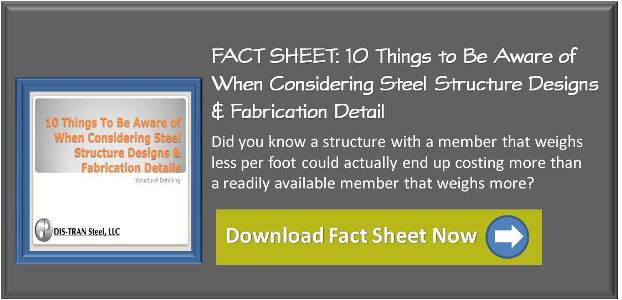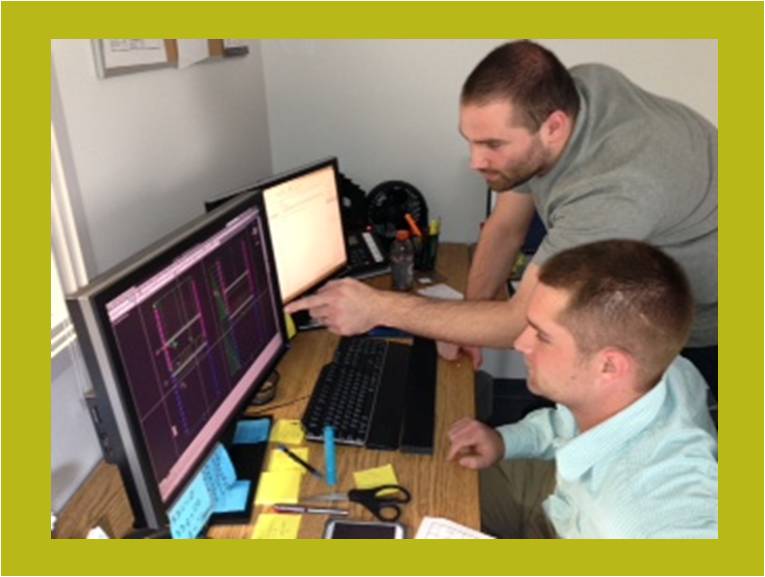Structural detailing is headed in a new direction, and this time, it’s three dimensional.
Although 3D Modeling isn’t something new, it has taken many years to develop and reach a level that is making it not only practical to use in the industrial environment, but cost efficient and self-checking. The learning curve is steep, but it’s not impossible.
It’s no secret that erectors and fabricators are frustrated with way the steel detailing industry is going, and chalk it up to the generational differences. It’s pretty much inevitable that there is always going to be a generational gap, especially when you throw technology into the mix.

These technical advances in plant machinery are a major factor in lessening the need for detailers to be as critical with dimensioning as in the past. Steel detailers are beginning to believe the fabricators do not need dimensions to fabricate the steel if CNC and DXF files are supplied. Many dimensions, which were supplied in the past, are now left off the drawings. While it may be true that the fabricator can fabricate the steel without the “old-style” dimensioning, they do however need the dimensions to check the accuracy of the output from the machinery. Great scrutiny must be taken when using “out-of-the-box” modeling software.
It will take time and training, both in the classroom and on the job, for a person to get proficient with the new technology that is here now and will be coming in the future. But no matter if you’re using a drafting table, Ames Lettering Guide or the best computer and software system out there, the bottom line remains the same: a good profit margin with the least amount of time required and the least amount of mistakes. 3D Modeling can make this happen.
Benefits of 3D Modeling:
1. Increase efficiency
2. Reduce errors
3. Improve schedules
4. More economical
It’s going to take a couple of years to get things working properly with 3D Modeling, since 3D detailing software was not created specifically for the utility industry. Some of the biggest obstacles of converting to 3D are the amount of time to get model structures and the lack of standard structures across the utility industry. Each type of structure will have to be modeled and constrained properly to see significant gains in the output of details. Unless the utility industry standardizes across the country, the modeling process will be prolonged.
To get today’s generation excited and interested in this profession, the “wow factor” has to be there. This 3D Modeling is going to pull in a whole new chapter of talented young people who have grown up with computers and video games, and understand the concepts, sometimes better than the older generation. The talent is there, so the next question is how to tap into that pool.

